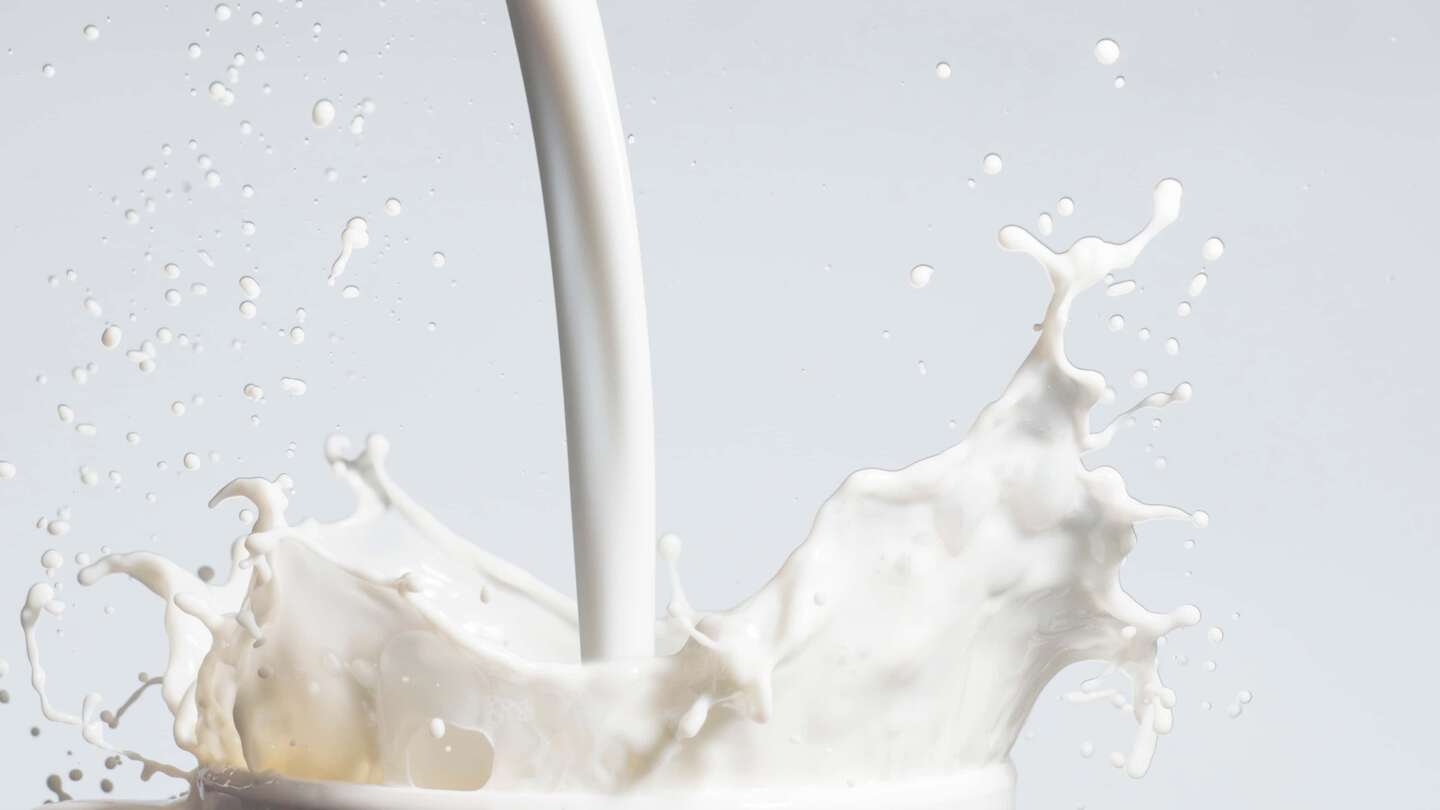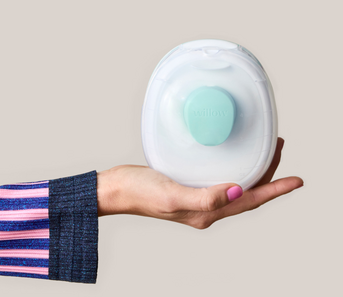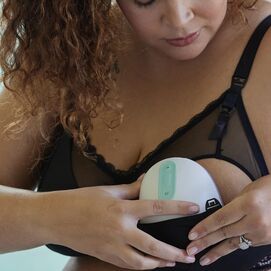Whether you’re new to breastfeeding or a warrior in the department, you likely know that breast milk is the liquid gold your baby needs to grow big and strong, but do you know why? Your breast milk has some amazing super powers to help your sweet baby develop, and we can break them down for you. Keep reading to learn everything you need to know about the magic behind breast milk composition.
What is Breast Milk Made Out of?
Breast milk’s main components are primarily fats, proteins, carbohydrates, and minerals. The ratios of each nutrient type change over time, meeting your baby’s needs as they develop. Fat is the only component to not vary consistently throughout lactation.
Apart from nutrient components, breast milk also contains hundreds of thousands of live cells that protect babies against various infections and inflammation. Some of these cells can even help babies develop immunity to allergies and other diseases in the future. Breast milk can provide many benefits for your baby, which is why it’s exactly what they need for healthy growth!
Types of Breast Milk
As your baby grows and changes, so does your breast milk! Below are the three stages of breast milk production during the first few weeks after you give birth.
Colostrum
Colostrum is the first type of breast milk produced during lactation, and it starts before birth. It is generally yellow in color and is concentrated with vital proteins and minerals your baby needs for their first few days of life.
Colostrum is measured in drops rather than ounces. It’s normal to make only 1 to 4 teaspoons of colostrum per day. At this stage your baby’s stomach is the size of a marble and they don’t need much. Colostrum lasts through the first 2-4 days after your baby is born, and then changes into transitional milk.
Transitional Milk
Transitional milk is what is produced directly after colostrum. This type of milk is produced until about day 14, as your supply is building and your breasts are transitioning to mature milk. As you start producing transitional milk, the volume of your milk increases and your breasts enlarge, in order to meet the demands of your growing baby.
Transitional milk is high in fat as well as lactose, a natural sugar that gives your baby energy, and generally has more calories than colostrum.
Mature Milk
Your transitional milk will slowly turn into mature milk after around the two week mark. This type of milk consists of 90% water, with the other 10% containing vital nutrients for your baby to grow and develop. By the time your baby is four weeks old, the nutritional content and levels of ingredients in the mature milk generally remain fairly consistent.
Changes in Breast Milk
While there are different stages of breast milk, you may also notice day to day, hour to hour changes in your mature milk, and that’s completely normal! Below are just a few of the normal changes you may experience.
Day to Night Breast Milk Changes
Your breast milk has a circadian rhythm that can help energize and calm your baby throughout the day. Your mama-baby bond is not only based on love, it’s based on the chemical makeup of your breast milk. Long story short, your body is amazing, mama!
Let’s break it down. Studies show that amino acids important for energy and wakefulness peak in breast milk at different hours of the day. These compounds peak in the morning and daytime to give your baby energy for a day of fun, and decrease at bedtime. Additionally, melatonin levels in breast milk can increase as the sun goes down. During their first few weeks of life, babies are unable to make melatonin on their own, which suggests breast milk can play a part in helping develop sleep cycles.
Changes in Color and Consistency
Believe it or not, breast milk is not always a milky white! Breast milk can be yellow, white, clear, cream, tan or blue-tinged. Breast milk will change in color as it transitions from colostrum to mature milk, but there are other external factors that may spark some changes as well.
If you notice that your breast milk is more pink than usual, you may think about what you’ve eaten recently. That’s right, your diet can change the color of your breast milk. Your milk may be rust-colored or red if there is blood in the milk. This isn’t something to worry about! You don’t have to throw out your milk or stop breastfeeding if blood gets in the milk.
Storing breast milk in the freezer may also cause the milk to change from white to yellow. This is normal, and your breast milk will still be full of nutritional value for your little one.
Changes During Feeding
Breast milk can even change color and consistency during a single feeding. As you begin to pump or breastfeed, you may notice that the initial milk has a slightly bluish hue and is thinner than milk at the end of nursing. This is called foremilk, and it’s low in fat but high in electrolytes and calories for your baby.
Hindmilk is the milk that comes at the end of a pumping or breastfeeding session. You’ll notice that it may have a thicker consistency than the foremilk because it has a higher fat concentration.
It’s important to remember that all moms are different–some women have significant differences between their foremilk and hindmilk, while others it may be hard to tell. As long as your baby is gaining weight at a healthy rate and feeding consistently, chances are they are getting all of the nutrients they need!
When Your Baby is Sick
Did you know your breast milk can change to provide extra hydration and benefits for when your baby is sick? Studies show that higher amounts of immune compounds appear in breast milk when a baby is sick. Your body instinctively responds to when your baby shows signs of infection, how cool is that?
The science of breast milk is incredible, and best of all, it can help foster a special bond between you and your baby. Want to learn more about the ins and outs of lactation, breast pumping, and everything in between? Visit the Willow blog to learn more!
Medically Reviewed by: Dr. Michele Torosis, M.D.
Dr. Michele Torosis is a Stanford University-trained Obstetrician and Gynecologist. She is currently completing her fellowship in Female Pelvic Medicine and Reconstructive Surgery at UCLA, where she is receiving advanced training on pelvic floor disorders. She has a special interest in postpartum pelvic floor dysfunction including obstetric-related trauma. Dr. Torosis attended the University of California, Irvine for medical school and Duke University for her undergraduate education, graduating with a Bachelor of Science in Biomedical Engineering.
Prior to completing medical school, Dr. Torosis was involved in the early stages of Willow's product development. She worked one on one with new moms for Willow's first-in-woman clinical trial and assisted with early device prototyping. Through her practice, she has remained passionate about improving the breastfeeding experience for all women.













